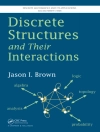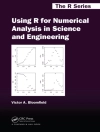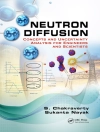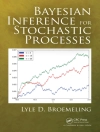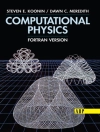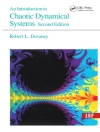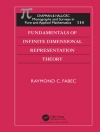High-order numerical methods for hyperbolic conservation laws do not guarantee the validity of constraints that physically meaningful approximations are supposed to satisfy. The finite volume and finite element schemes summarized in this book use limiting techniques to enforce discrete maximum principles and entropy inequalities. Spurious oscillations are prevented using artificial viscosity operators and/or essentially nonoscillatory reconstructions.
An introduction to classical nonlinear stabilization approaches is given in the simple context of one-dimensional finite volume discretizations. Subsequent chapters of Part I are focused on recent extensions to continuous and discontinuous Galerkin methods. Many of the algorithms presented in these chapters were developed by the authors and their collaborators. Part II gives a deeper insight into the mathematical theory of property-preserving numerical schemes. It begins with a review of the convergence theory for finite volume methods and ends with analysis of algebraic flux correction schemes for finite elements. In addition to providing ready-to-use algorithms, this text explains the design principles behind such algorithms and shows how to put theory into practice. Although the book is based on lecture notes written for an advanced graduate-level course, it is also aimed at senior researchers who develop and analyze numerical methods for hyperbolic problems.
Contents:
- Algorithms:
- Introduction and Motivation
- Numerical Methods for 1D Hyperbolic Problems
- Edge-Based Flux Correction for Continuous Galerkin Methods
- Element-Based Algorithms for Continuous Galerkin Methods
- Flux and Slope Limiting for Discontinuous Galerkin Methods
- High-Order Finite Elements and Time Discretizations
- Theory:
- Analysis of Finite Volume Methods for Hyperbolic Problems
- Analysis of Finite Element Schemes for Hyperbolic Problems
Readership: Instructors, advanced graduate students, researchers in the field of numerical methods for conservation laws, practitioners in the field of computational fluid dynamics.
Key Features:
- Comprehensive review of modern property-preserving schemes for hyperbolic problems
- Unification of algorithms developed for finite volume and finite element approximations
- New-generation limiters for finite element methods and nonlinear hyperbolic systems
- Subcell flux correction tools for arbitrarily high-order discretizations in space and time
- Many new algorithms including those that have not been published previously
- Introduction to the theoretical foundations of algebraic flux correction schemes
- A toolbox for and a guide to developing new advanced discretization methods


